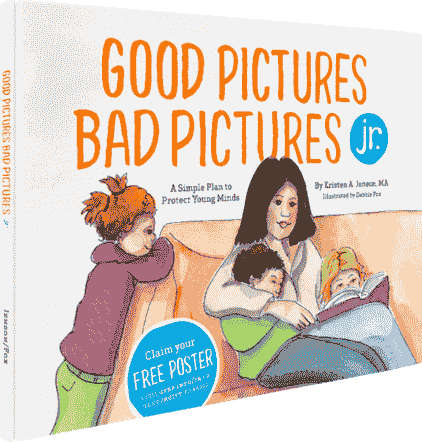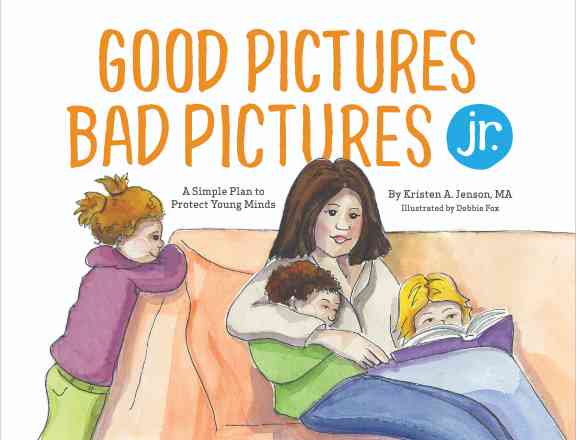Porn-Proofing: Where Do I Begin?

How do you begin to porn-proof a young child?
If you're like me, the thought of sitting down and beginning this conversation makes you groan inside. How do you take an innocent child and introduce the subject of pornography? It's a difficult proposition at best, but given a child's easy access to online dangers, you know it's the safest route.
In fact, there's something very empowering when you're the first one in your child's life to define pornography because you can do it on your own terms. By beginning early, you can help shape your child's attitude not only towards healthy sexuality, but also against its counterfeit.
But how do you begin?
You don’t want to tell them too much or confuse them or give them a reason to seek it out. But you do want to prepare them.

I have a Masters degree in Training & Development and one of the first things we learned was to start with the outcome in mind by doing a goal analysis. Here are some porn-proofing goals that may be helpful for you to consider:
- My child will gain a positive view of human sexual intimacy.
- My child will understand a basic definition of pornography that will allow him or her to recognize it and reject it immediately.
- My child will know how I feel about pornography.
- My child will gain a basic understanding of how their brain works, the difference between their feeling brain and their thinking brain, and why their thinking brain needs to stay in charge.
- My child will understand how viewing pornography can become an addiction which can destroy their chances for freedom and happiness.
- My child will be prepared with a plan and know what to do when exposed to pornography.
- My child will feel comfortable talking to me about exposure to pornography.
[[CTA]]
Some of these goals involve communicating factual information. But just as important are the goals of sharing your attitudes and values with your children about the strength and beauty of human intimacy and the vile counterfeit that pornography represents.
Probably the most important thing to remember is just to start. At least give your child a basic definition and a basic warning to come and tell you if they see anything like "bad pictures." Then plan to make conversations about this topic an ongoing part of your family's plan for safety.
Let me know how it goes and how you're doing!


Good Pictures Bad Pictures Jr.
“I highly recommend this book to all people with children. A must have for all parents!” —Amazon Review






